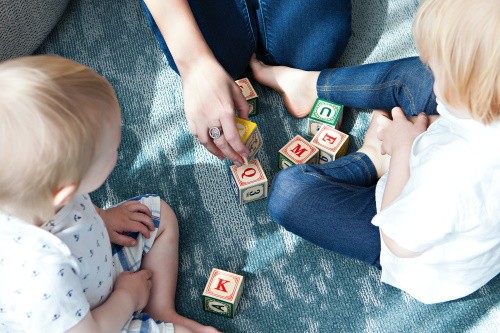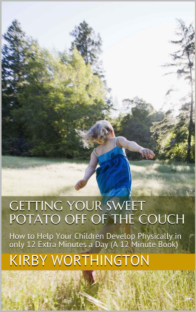Open the Early Learning Window
 Learning disabilities are nobody’s fault. Your kids may have their gene pool stacked against them. The problem is, if you wait until those learning disabilities show up in school, you may have missed your window to rewire the brain so that those learning disabilities don’t impede your child’s progress.
Learning disabilities are nobody’s fault. Your kids may have their gene pool stacked against them. The problem is, if you wait until those learning disabilities show up in school, you may have missed your window to rewire the brain so that those learning disabilities don’t impede your child’s progress.
I (Kirby) was trained as a Montessori teacher. In my training, I learned that Maria Montessori was the first female doctor in Italy. In her work, she came across individuals with intellectual disabilities. Her theory was that if she worked with these children young enough, and in the right ways, they would be able to pass the tests needed to go to school; they wouldn’t miss out on the opportunity to be educated. She developed systems of breaking tasks down into steps and teaching the steps. Much of my work developing learning games for children is based on Montessori’s principles.
I would never advocate that you sit your small child in a desk and try to do “school” with them. But incorporating delightful learning games target the early skills that become building blocks of later important skills. Children should be learning without having any idea that you are teaching them.
Important learning happens from birth on. If you want to get a loose idea of what kind of developmental milestones children hit in the early years, and the range of ages they hit them, look for the Denver Developmental Scale. It’s important that the point of this scale is to show the broad range of “normal.” But it can also give you an idea of how to target your game playing with your child.
As an example, one child I worked with had difficulty making eye contact. Smiling responsively to a face is one important developmental milestone. But how can a child respond if they avoid looking at faces? They have difficulty reading emotions if they don’t look at faces. And if they don’t learn to read emotions, it is difficult to develop empathy. This is an example of how one basic skill at a very young age leads to building more complex skills later on. With this child, I and the parents and everyone who loved the baby would move our faces around until we were in their eyeline and then reinforce the joy of looking into a face, even for a millisecond. We repeated this over and over, showing great joy when we made eye contact. By the time the child was school age, they were doing great!
I know the pain of learning disabilities. I struggled with reading and as a result always had a sense that I was defective. It was painful. My mother had dyslexia and was put in the corner with a dunce cap in her early years at school. Fortunately, that kind of shaming by teachers is less common now, but other kids can be cruel without meaning to, and a child often grows up feeling that they are less than. I have felt that, and I don’t want that for other kids.
All this is to say that children are very resilient, and their brains are malleable, and they respond readily to playful learning! There’s a lot you can do to help your child hit milestones, even when they are struggling with them, and to head off learning difficulties early on. That’s why I’m so passionate about helping parents work with their kids in fun ways, and that’s what this blog is all about. Stay tuned for ideas!
Photo Credit: Marisa Howenstine on Unsplash
By accepting you will be accessing a service provided by a third-party external to https://growthandgiggles.com/

